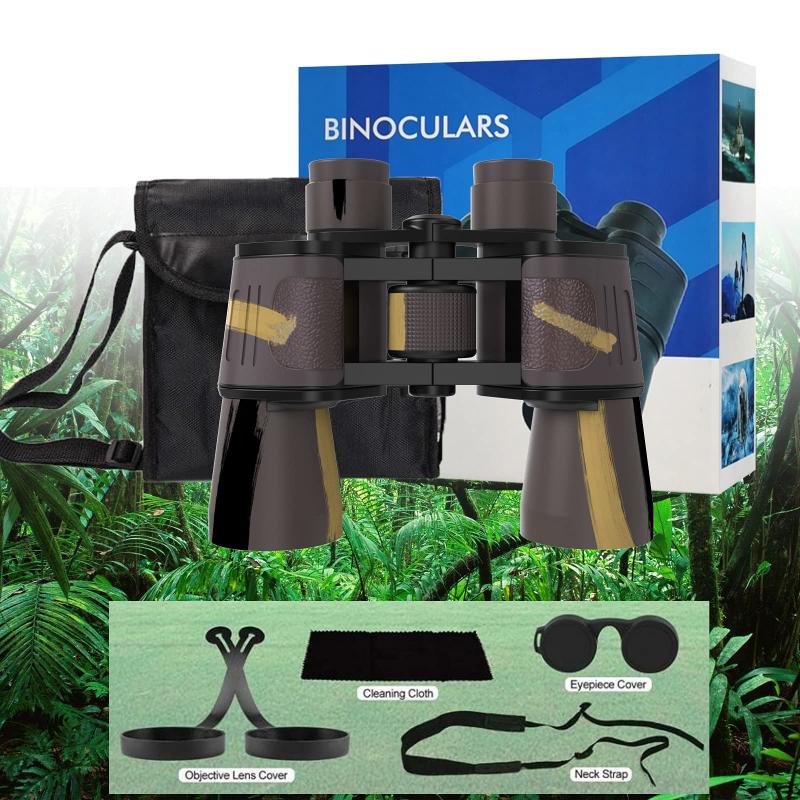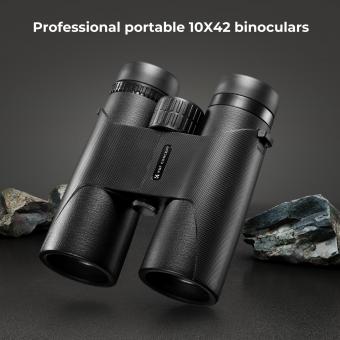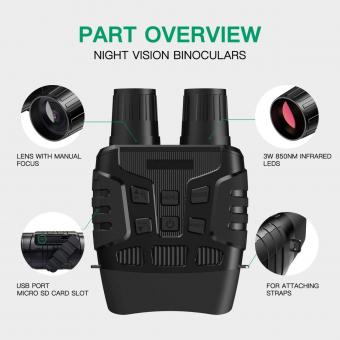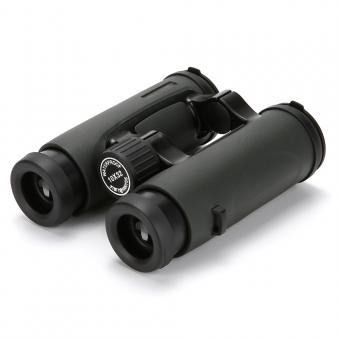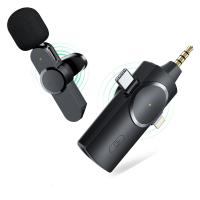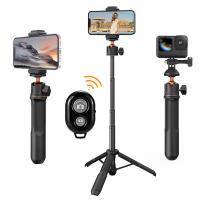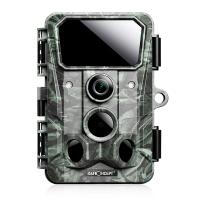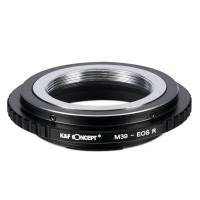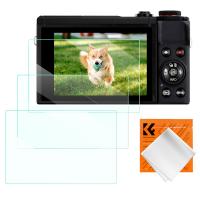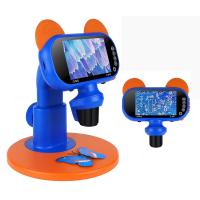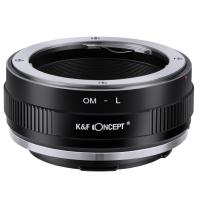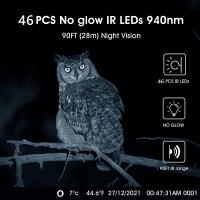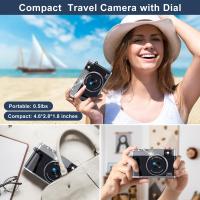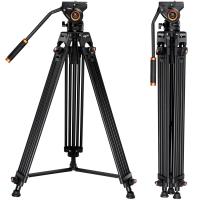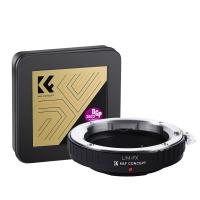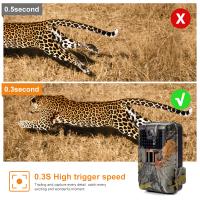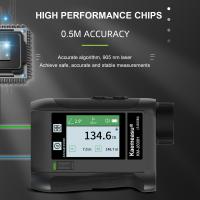How To Know Good Binoculars ?
Good binoculars typically have a few key features to look for. Firstly, they should have high-quality lenses that provide clear and sharp images. Look for binoculars with multi-coated lenses, which help to reduce glare and improve image brightness. Additionally, binoculars with larger objective lenses (the lenses at the front of the binoculars) will generally provide better image quality, especially in low light conditions.
Another important factor to consider is the magnification and field of view. Higher magnification binoculars will allow you to see objects in greater detail, but may also be more difficult to hold steady. A wider field of view will allow you to see more of the surrounding area, which can be useful for birdwatching or other outdoor activities.
Finally, consider the build quality and durability of the binoculars. Look for models with a sturdy construction and waterproofing, which will help to protect them from damage and ensure they last for years to come.
1、 Magnification and Objective Lens Diameter
How to know good binoculars? One of the most important factors to consider is the magnification and objective lens diameter. Magnification refers to how much closer the object appears when viewed through the binoculars. The objective lens diameter refers to the size of the front lenses that gather light and determine the brightness of the image.
A good rule of thumb is to look for binoculars with a magnification of 8x to 10x and an objective lens diameter of at least 42mm. This combination provides a good balance between magnification and brightness, making it suitable for a wide range of activities such as bird watching, hiking, and sports events.
However, it's important to note that higher magnification doesn't always mean better. Higher magnification can lead to a narrower field of view and shakier images, especially if the binoculars don't have image stabilization technology. Additionally, larger objective lens diameters can make the binoculars heavier and bulkier, which may not be ideal for long periods of use.
In recent years, advancements in technology have led to the development of binoculars with features such as image stabilization, ED (extra-low dispersion) glass, and coatings that enhance image clarity and reduce glare. These features can improve the overall performance of the binoculars and provide a better viewing experience.
In summary, when looking for good binoculars, consider the magnification and objective lens diameter, but also take into account other factors such as weight, size, and additional features that can enhance the viewing experience.
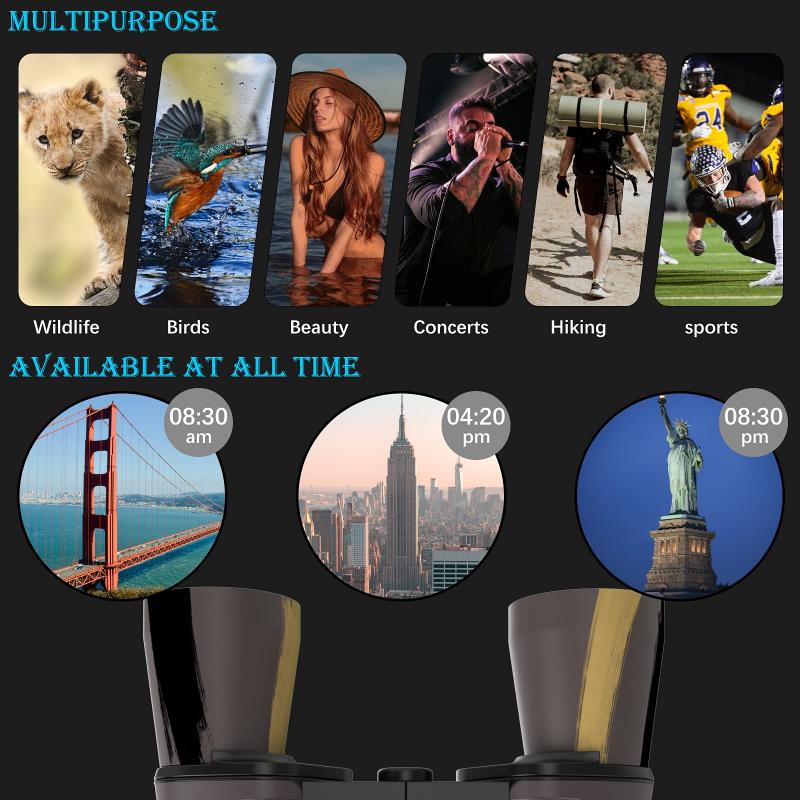
2、 Prism Type
How to know good binoculars? One important factor to consider is the prism type. Binoculars use prisms to correct the image orientation and magnify the image. There are two types of prisms commonly used in binoculars: Porro prisms and Roof prisms.
Porro prisms are the traditional prism type and are known for providing a wider field of view and better depth perception. They are also generally less expensive than roof prisms. However, they are bulkier and heavier than roof prisms, making them less portable.
Roof prisms, on the other hand, are more compact and lightweight, making them easier to carry around. They also tend to be more durable and waterproof than porro prisms. However, they can be more expensive than porro prisms and may not provide as wide of a field of view.
In recent years, there has been a trend towards using high-quality roof prisms in binoculars. These prisms are made with advanced coatings and materials that provide excellent image quality and clarity. They also have a more streamlined design, making them more comfortable to hold and use for extended periods of time.
Ultimately, the choice between porro prisms and roof prisms comes down to personal preference and intended use. If you prioritize a wider field of view and don't mind a bulkier design, porro prisms may be the way to go. If you want a more compact and durable option, roof prisms may be the better choice.

3、 Lens Coatings
Lens Coatings are one of the most important factors to consider when looking for good binoculars. The coatings on the lenses help to reduce glare, increase contrast, and improve image clarity. There are several types of lens coatings available, including coated, fully coated, multi-coated, and fully multi-coated.
Coated lenses have a single layer of coating on at least one lens surface. Fully coated lenses have a single layer of coating on all air-to-glass surfaces. Multi-coated lenses have multiple layers of coating on at least one lens surface. Fully multi-coated lenses have multiple layers of coating on all air-to-glass surfaces.
The latest point of view on lens coatings is that fully multi-coated lenses are the best option for binoculars. They provide the highest level of light transmission, which results in brighter and clearer images. Additionally, fully multi-coated lenses are more durable and scratch-resistant than other types of coatings.
When looking for good binoculars, it is important to consider the type of lens coatings used. Look for binoculars with fully multi-coated lenses for the best image quality and durability. It is also important to consider other factors such as magnification, objective lens size, and overall build quality to ensure that you are getting the best binoculars for your needs.
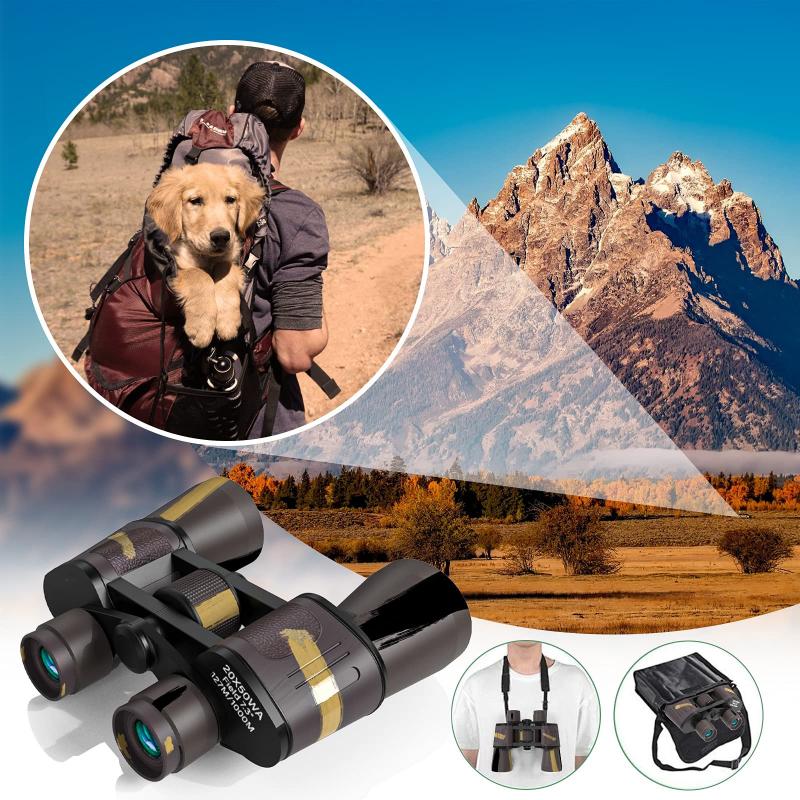
4、 Field of View
One important factor to consider when determining the quality of binoculars is the field of view. The field of view refers to the width of the area that can be seen through the binoculars at a given distance. A wider field of view allows for a larger area to be observed, making it easier to track moving objects or scan a landscape.
To determine the field of view of a pair of binoculars, look for the specification listed in the product description. This will typically be listed as a number followed by the degree symbol (°), such as 7.5°. The higher the number, the wider the field of view.
However, it's important to note that a wider field of view doesn't always mean better quality binoculars. Other factors such as lens quality, magnification, and durability also play a role in determining the overall quality of the binoculars.
Additionally, the latest point of view on field of view is that it's not the only factor to consider when choosing binoculars. Some experts suggest that a narrower field of view can actually be beneficial in certain situations, such as birdwatching or hunting, where a narrower field of view can help to focus on a specific target. Ultimately, the best binoculars for you will depend on your specific needs and intended use.
